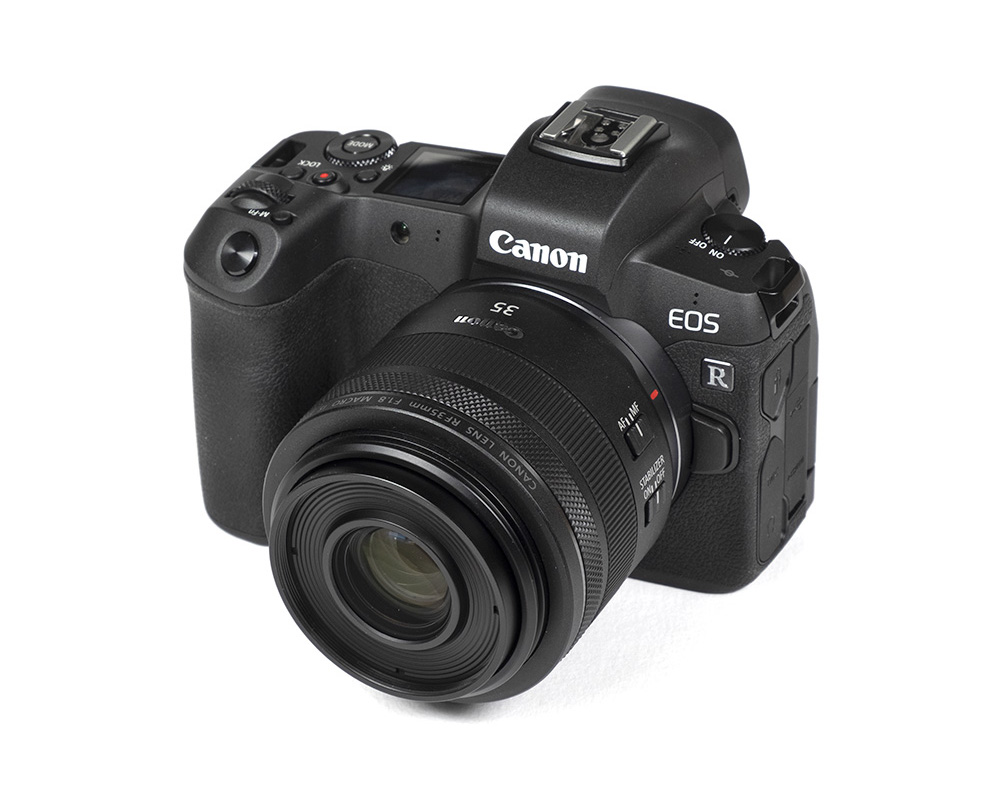Introduction
The Canon RF 35mm f/1.8 STM IS macro was one of the first RF-mount lenses released back in 2018. You may argue that it is not among the most exciting lenses out there but it has a rare quality in today’s mirrorless world – it is affordable at around 500USD/550EUR and we have even seen special sales quite a bit below that. Of course, a low price tag alone doesn’t cut it yet. However, it is also very fast, and provides macro capabilities down to an object magnification of 1:2 plus image stabilization. So is it the steal that it appears to be?
The build quality is pretty good albeit the use of plastics is quite obvious. The inner lens tube moves slightly with the longest extension, about 2cm, at the minimum focus distance. The focus ring operates smoothly. Typical for most Canon RF lenses, it features an additional control ring that can be configured to serve various functions. Weather-sealing is not provided – probably a cost-cutting measure. The lens hood is an optional accessory that will set you short by another 50USD/EUR. It’s probably not worth it because it’s tiny really.

The Canon lens uses a stepping motor (STM) for auto-focusing. On the EOS R, the AF speed is Ok but we won’t describe it as quick. Unlike Canon’s USM, the STM is also not noiseless but emits a high-pitched sound during AF operations. Surprisingly, we had a few issues with AF accuracy which is usually a no-brainer on mirrorless cameras. Manual focusing works “by wire” thus you actually drive the AF motor when turning the focus ring. Full-time manual focusing remains, of course, possible.
The image stabilizer is rated at an efficiency of 5 f-stops. A bold claim but the system does come close.
| Specifications | |
|---|---|
| Optical construction | 11 elements in 9 groups inc. 1xaspherical element |
| Number of aperture blades | 9 (rounded) |
| min. focus distance | 0.17m (max. magnification 1:2) |
| Dimensions | 74.4×62.8mm |
| Weight | 305g |
| Filter size | 52mm |
| Hood | barrel-shaped (bayonet mount, optional) |
| Other features | Configurable control ring |
| Mount | Canon RF |
Distortion
Most users prefer to have image auto-correction activated and images are free of distortions in this case. However, the native distortion characteristic is actually pretty decent with a barrel distortion of just ~1%. Unless you do repro-photography, this is hardly noticeable.
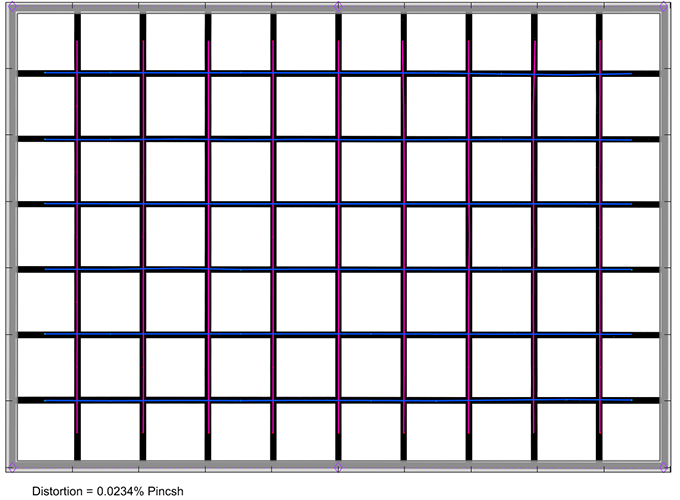
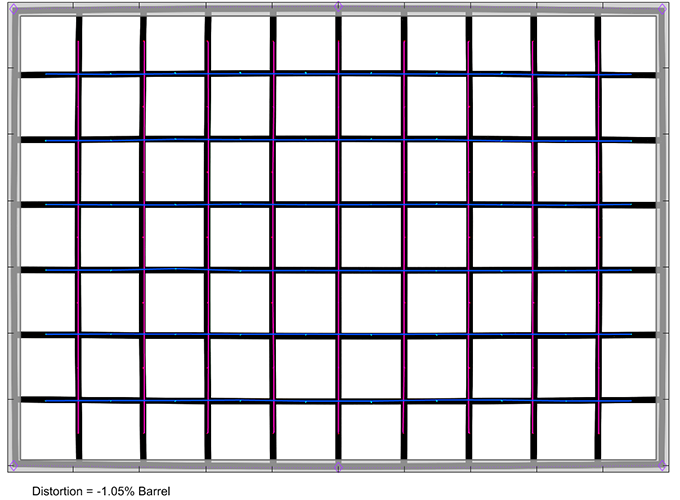
Vignetting
Activated image auto-correction is advisable when it comes to vignetting. The native vignetting is rather massive at f/1.8 where it is beyond our usual scale for full format cameras at a whopping ~3.8 EV (f-stops). Given the very small front element, it seems likely that the lens is a bit underdesigned in this respect. You have to stop down to f/4 in order to tame the issue down to acceptable levels here. With auto-correction, you can still spot some light falloff at f/1.8 (1.3EV). Or in other words – the image signal is boosted by 2.5 f-stops in the image corners with a corresponding increase in sensor noise. The issue is pretty much resolved from f/2.2 onward already albeit a strong amplification is, of course, still required till f/4.

MTF (resolution @ 30 megapixel)
The resolution characteristic of the Canon RF 35mm f/1.8 STM IS macro is impressive – although it is worth mentioning that the 30-megapixel sensor in the EOS R (used for testing) isn’t overly ambitious. At maximum aperture, most of the image field is very sharp and the corners are at least on a good level. The broader center zone has excellent quality at f/2.8 and there’s a slight boost in the outer image field as well. The peak performance is reached between f/4 and f/5.6 with an excellent center and very good borders/corners. Diffraction is the limiting factor beyond but that’s not really noticeable at f/8 yet and f/11 is also just fine by most standards. f/16 sees a more pronounced drop in resolution and f/22 should be avoided (as usual).
The field curvature is fairly low. The centering quality of the tested sample was good.
Please note that the MTF results are not directly comparable across the different systems!
Below is a simplified summary of the formal findings. The chart shows line widths per picture height (LW/PH) which can be taken as a measure for sharpness. If you want to know more about the MTF50 figures you may check out the corresponding Imatest Explanations

Chromatic Aberrations (CAs)
Lateral CA (color shadows at the image borders) stay just below an average pixel width of 1px at the image borders. This is usually neglible and the remaining traces can be easily auto-corrected without any harmful side effects.

Bokeh
If you decide to buy a fast prime lens, you also do so for superior bokeh compared to the zoom lenses. And the Canon RF 35mm f/1.8 STM IS macro doesn’t disappoint us here.
Out-of-focus highlights are nicely rendered with no outlining and a very smooth inner zone. Stopping down to f/2.2 to f/2.8 maintains the circular disc shape – at least in the image center.

The center isn’t everything though. The images below illustrate the deterioration of the out-of-focus highlights towards the image corners. At f/1.8 the discs are no longer circular from the mid-image field which is fairly “early” and the shape is clearly distorted in the corners. As usual, the shape improves when stopping down but the corners are still not fully corrected at f/2.8.
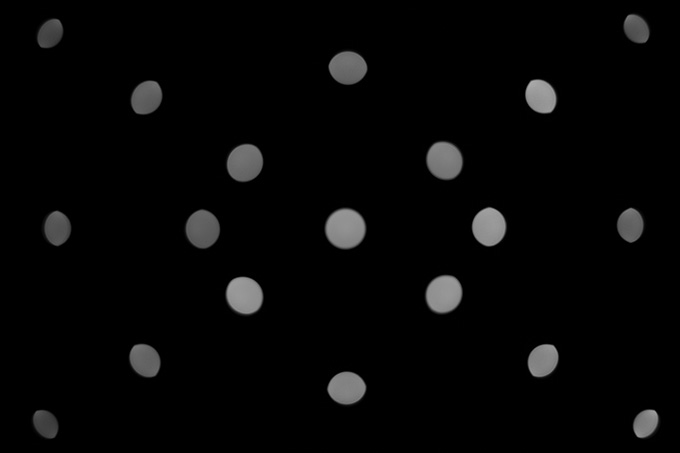

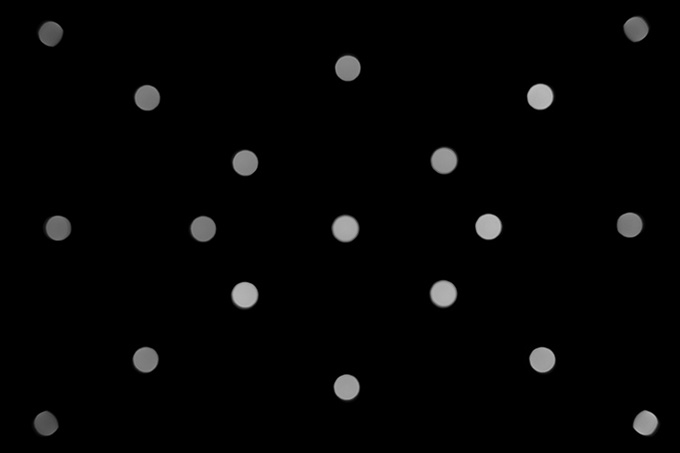
A positive aspect is the general bokeh as you can see below. The background blur (shown to the left) is especially silky. The less critical foreground (to the right) shows a double-lined blur though.

Bokeh Fringing (LoCA)
Bokeh fringing – also referred to as LoCAs – is a color fringing effect on the Z-axis. It shows up as purplish halos in front of the in-focus zone and greenish beyond. You should be easily able to spot the effect in the image crops below. They are most obvious at f/1.8 but traces are still visible at f/4. While this is not positive, it is rather normal. Just a handful of lenses are corrected in this respect and they tend to have a higher price tag.
However, what you can also observe when scrolling through the images below – the focus point moves towards the rear the more you stop down – without a change of the initially set focus distance. These are so-called “residual spherical aberrations” (RSAs) and they may explain why we had some issues with the accuracy of the AF as mentioned in the introduction.

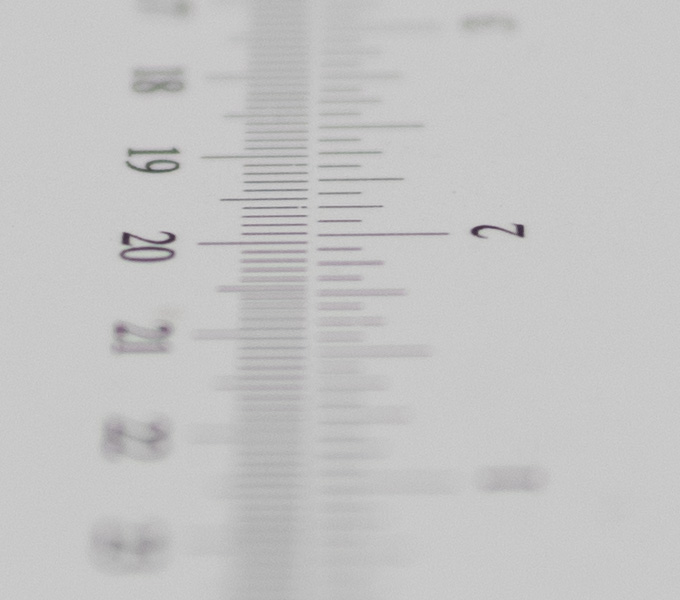


Sample Images
The Canon RF 35mm f/1.8 STM IS macro may not be the sexiest lens around but it is capable of delivering very high-quality results. Images are sharp in the center straight at f/1.8 and the corners are just marginally soft. There's a substantial increase in quality at f/2.8 and the resolution is truly impressive at medium aperture settings. Image distortions, as well as lateral CAs, are low. The same can't be said about the native vignetting which is rather extreme at maximum aperture. However, auto-correction comes to the rescue so most users will probably just notice a slightly elevated light falloff at f/1.8. The bokeh is generally nicely rendered with a silky background blur and smooth out-of-focus highlights. The foreground blur is less ideal though. Bokeh fringing (LoCA) is present at large aperture settings but that's hardly surprising. However, a more ugly effect are focus shifts when stopping down (RSA) which seems to have a negative impact on AF accuracy as well.
The build quality is good but it's more aligned to amateur use rather than professional abuse. The lens body is made of plastic on a metal mount. There's nothing wrong with that per se but it doesn't feel "dense". Canon also decided to omit weather-sealing. The lens can focus down to an object magnification of 1:2. This is less than on a "typical" macro lens but it's good enough for exploring the macro universe already. Having said that - a 35mm lens is not the preferred choice among most macro photographers. The lens uses a stepping motor (STM) rather than Canon's ultrasonic version. The STM is slower than average and it's also not noiseless. Canon's latest image stabilizer (IS) version is one of the best in the industry with a claimed efficiency of up to 5 f-stops. It's usually a tad less in real life but combined with the fast maximum aperture, the lens is ideal for hand-held photography in low-light situations.
Another positive aspect of the Canon RF 35mm f/1.8 STM IS macro is that it doesn't break your bank - something that can't be said about most other genuine Canon RF lenses really. On the other side of the fence, the Sony FE 35mm f/1.8 costs 50% more and it doesn't even feature an image stabilizer nor is it capable of high object magnification. So while it has its downsides, it is an interesting option for your shopping list.
-
Optical Quality (30 megapixel)
-
Build Quality
-
Price / Performance


